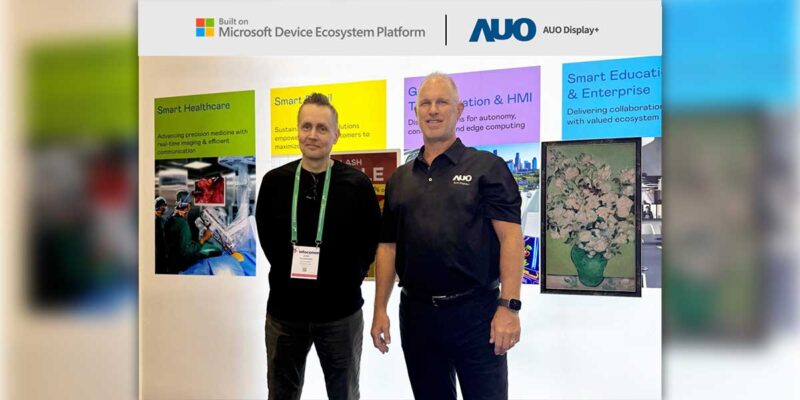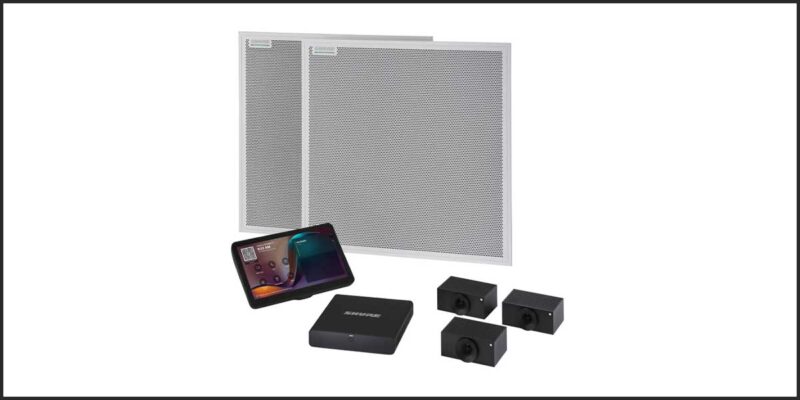“We’re Also an Audio Company,” Says Microsoft

From “Hey, Cortana” to cloud-enabled interactive sound for HoloLens to Windows Sonic (Windows 10 comes with support for virtual surround sound), Microsoft invests heavily in research on audio.
And the company is convinced the ProAV market fails to recognize this.
They have a point here. Did you know speaker detection technology developed by Microsoft researchers (part of the Microsoft RoundTable conferencing system in 2007) was later sold to Polycom — and released as the Polycom CX5000?
Now Microsoft calls our attention to the fact the company feels its efforts have gone unrecognized or “unseen” by
publishing its “Research Collection: The Unseen History of Audio and Acoustics Research at Microsoft.”
Research Collection: The Unseen History of Audio and Acoustics Research at Microsoft
It’s a dedicated web page with Microsoft’s audio history in description, photos and links — actually more a series of timelines showing Microsoft pursued interests in audio and their investments.
It shows examples such as Project Denmark, a research underway to move beyond the need for traditional microphone arrays, such as those supported by Microsoft’s Speech Devices SDK, to achieve high-quality capture of meeting conversations.
Started in 2019, Microsoft’s Project Denmark dynamically creates virtual microphone arrays from consumer-grade devices (mobile phones or laptops equipped with ordinary microphones). Then it tests and builds algorithms for combining speech information (at multiple levels) from these consumer audio sources — building everyday software that can match the accuracy of a transcription of a meeting as if each participant stood in front of a pro-grade microphone.
One Project Denmark goal would be to give Microsoft software and devices the ability to automate transcriptions from meetings without specially designed hardware. Another is to add this to Microsoft Translator applications to help meeting participants communicate more effectively across language barriers.
That’s just one project from the released audio research collection, timelines that break down Microsoft’s efforts into seven areas of audio.
- Audio and Acoustics Research at Microsoft.
- Speech recognition and natural user interfaces.
- Audio for collaboration and productivity.
- Capturing and reproducing sound.
- Spatial audio.
- Acoustic simulation.
- Audio analytics.
The timelines and research come from Microsoft’s Audio and Acoustics group. They conduct research in audio processing and speech enhancement, 3D audio perception and technologies, devices for audio capture and rendering, array processing and information extraction from audio signals.
The mission of the Audio and Acoustics Group is to develop state-of-the-art algorithms and designs for audio processing, speech enhancement, 3D audio capture and rendering.
Let’s call it the digital disruption of audio where software is doing all the work.
Microsoft also works on the better acoustical design of audio devices, such as microphones and loudspeakers. The Audio and Acoustics Group conducts research in the area of information retrieval from audio signals, such as speaker identification, emotion detection, etc.
Their goal is to create technologies enabling natural interaction with computers with speech and audio — and to use their research to enhance Microsoft’s current and future product offerings.
Yet along the way, Microsoft clearly hopes its interest in audio will be less “unseen” and more “heard.”




